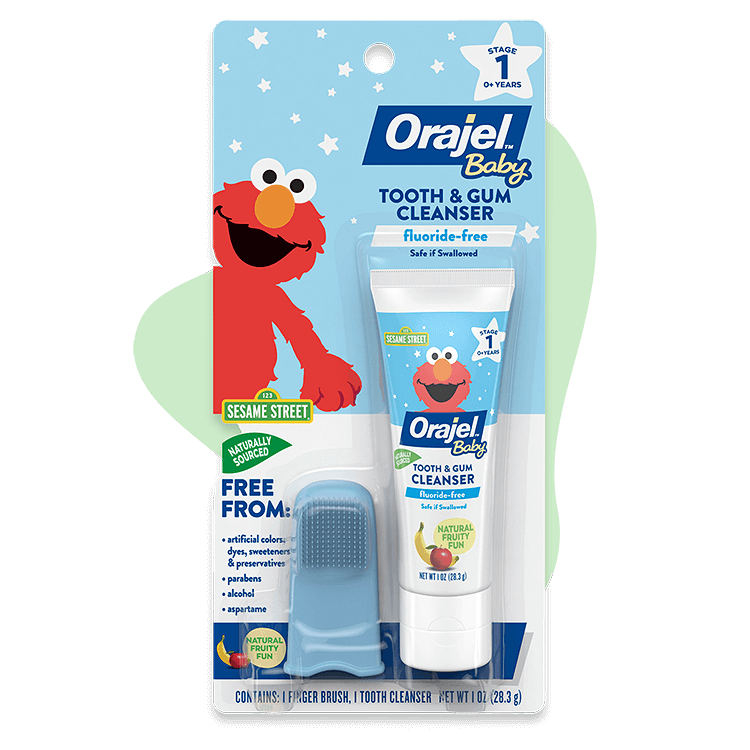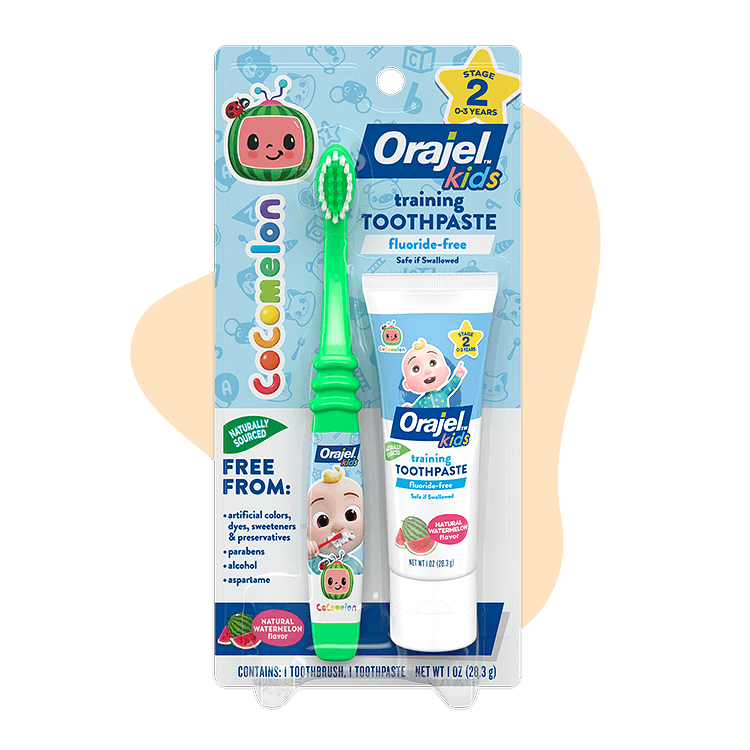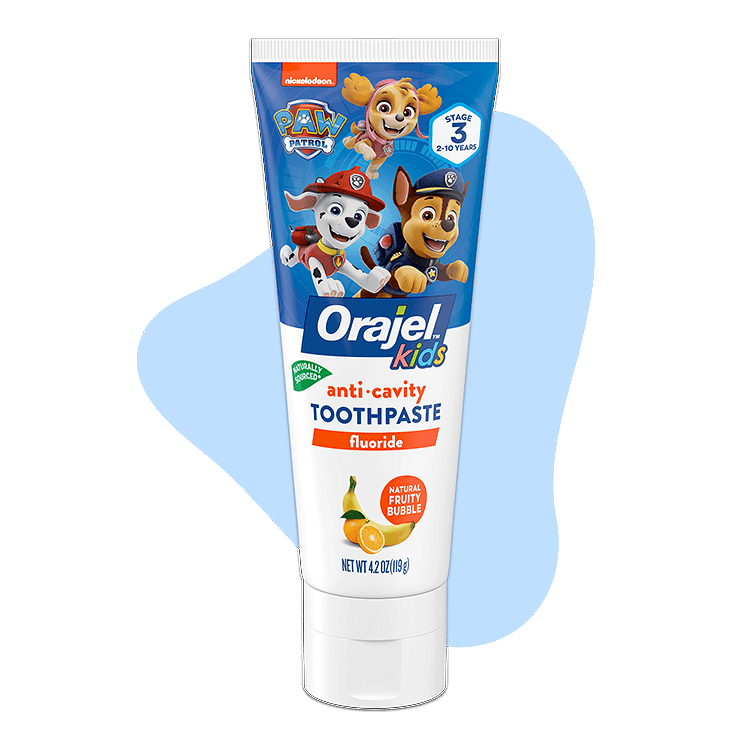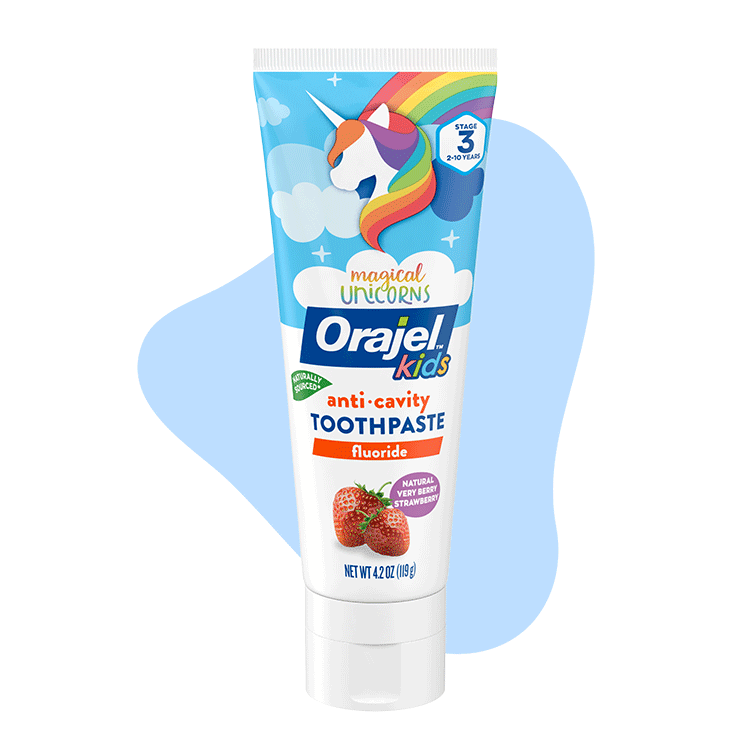Taking your child to the dentist can be stressful for both you and your child, especially if going to the dentist isn’t your favorite thing either. But early oral care is important, and your dentist will be a trusted partner to help ensure your child’s teeth and gums develop properly and stay healthy.
Our guide to going to the dentist will help you answer questions like:
- At what age should my child visit the dentist?
- What to expect at your child’s first dental visit
- How to help prep your child for a dental visit
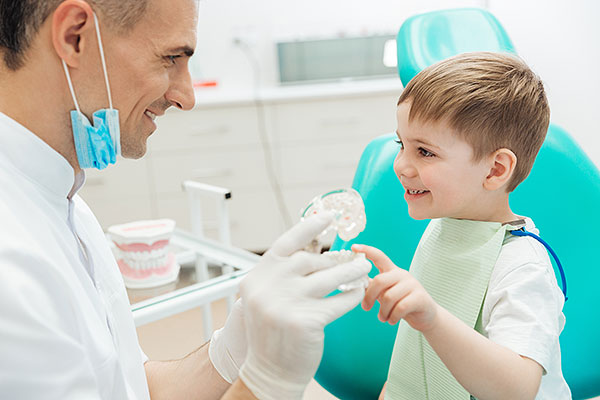
What is the right age for a child’s first dental cleaning?
Typically, your child’s first dental visit should happen around age 1, or about 6 months after the first tooth erupts. Your baby’s 20 primary teeth are already in their jaws at birth and the first teeth most often appear between 6 months and 1 year old. Every child is different, though, so some are early or late teethers.
At your child’s first dental visit as a toddler, your dentist or hygienist may not actually do a cleaning, but it’s an important milestone so your baby’s mouth can be evaluated. After the first visit, schedule regular dental checkups and cleanings for your child, typically every 6 months – or sooner if you have a concern.
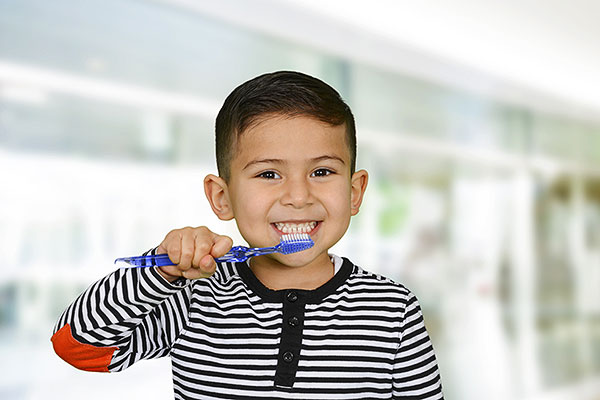
What will happen at my child’s dentist visit?
What happens at your child’s dentist visit depends in part on how old they are, what their specific oral care needs are, how long it’s been since they’ve been to the dentist, and, importantly, how comfortable they are at the visit. But here’s what you can generally expect at a child’s dental visit, especially the first few.
- Greeting your child and showing them around the office. Talking kindly and personally to your child can help ease their nerves and explaining things and piquing their curiosity can help them with all the new sights and sounds.
- Checking your child’s gums, teeth, and bite. Your dentist will examine your child’s mouth, looking at their gums, lips, tongue, jaw, and palate. The dentist will also check any teeth that are pushing through and give you information about your child’s tooth development.
- Gentle cleaning. Your dentist or hygienist may do a gentle cleaning with a soft toothbrush. Ask them about brushing technique, frequency, and duration to learn how to care for your child’s teeth.
- Advice about your child’s oral hygiene. Now’s the time to ask your own questions of your dentist, to get advice about:
- Pacifier or finger-sucking habits
- Baby bottle tooth decay
- Infant feeding
- Teething pain and relief
- What toothpaste and toothbrush to use
- How to brush your child’s teeth
- How to develop strong oral hygiene habits
- What to expect next on the teething journey
- Optional: X-Rays. Your dentist will only take x-rays of your child’s teeth when necessary, and generally not until a child is 2 or 3 years of age, unless there is a strong reason, such as tooth decay or delayed tooth eruption. As your child gets older, your dentist will take x-rays every 12 to 36 months.
- Celebration! Your dentist and dental care team will cheer on your child for being brave and an excellent patient. Some dentists have reward systems for kids to provide extra praise and positivity for getting in the chair and getting dental care! Add your own praise and perhaps a small reward for a job well done.
When your child is a preschooler, your dentist will introduce fluoride treatments to help strengthen tooth enamel and prevent cavities. Later, other options such as molar sealants or orthodontia for tooth crowding or bite issues may also come into play. Because your child’s mouth changes quickly, it’s important to schedule regular dental visits, and attend them!
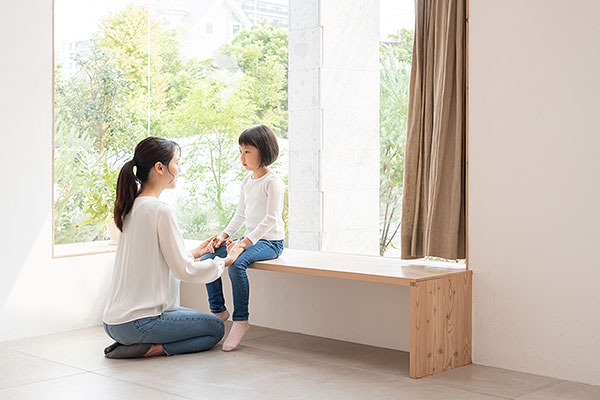
Tips for helping your child deal with a fear of the dentist
While going to the dentist might never be a fun activity, no one wants your child to have a terrible time there. You and your dental care provider will work together to help your child be as comfortable and relaxed as possible during their visit. Here are some tips for what you can do before your toddler or preschooler’s first dental visit – and every visit after if needed.
- Talk about going to the dentist. Tell your child the dentist’s name, and how you, their siblings and other family members go to the dentist. Drive by the dentist’s office and show them where they’ll be going. Get them to anticipate the upcoming visit like they would an upcoming party or vacation. Make going to the dentist a rite of passage, part of being a big kid and a normal part of life.
- Talk about what will happen when they get to the dentist. Most children do better with advance knowledge about what will happen when they get somewhere. Talk to them about all the things that can happen at the visit, using the information in the section above. Find books that talk about dentists and getting your teeth cleaned and read them with your child or episodes of their favorite shows where the character goes to the dentist. Hint: sometimes less is more, though! Don’t overdo the details or use words like “scraping” or “drilling” or “sharp” as they can increase anxiety rather than lower it.
- Roleplay being a dentist and a patient with your child. Once your child gets a sense of what the dentist will do, you can take turns being in the dentist chair and being the dentist. Open wide and let your child count your teeth or look inside. Encourage your child to roleplay being the dentist with their dolls or stuffed animals. The more they practice, the more comfortable they will become.
- Answer your child’s questions about the dentist and the upcoming visit. Preschoolers are naturally curious (the “why” stage is fun but can be a bit exhausting!). Tap into that natural inquisitiveness and find answers to the questions your child has about teeth and dental cleaning. If you don’t know the answer, involve your child in the quest to find out, whether it’s going to the library, looking online, or calling your dentist for an answer.
- Do a dry run. Practice waking up, getting ready, getting out the door, driving to the dentist, and going inside the lobby. Say “hi!” to the office staff and take a look around! Most dental offices love these practice visits and will help your child feel welcome and excited (and if they don’t, consider whether this is the right dentist for your child). You’ll make the people and the experience more familiar and that usually means less scary.
- Get a dentist buddy. Your child will feel more comfortable going to a new place when they have something familiar with them. Let your child bring their favorite toy, plushie, or blanket to the dentist. Another tip: sometimes the lights are bright in the dentist’s office, especially when leaning back in the chair. Get your child a pair of sunglasses to help with the brightness and create a sense of distance between them and the hygienist. Plus, they’ll look cool, and it may help their confidence!
- Regularly brush their teeth. Visits to the dentist will be easier if your child already practices good oral hygiene. Not only will your child be familiar with toothbrushes and toothpaste being in their mouth, but the chances of finding tooth decay tend to be lower when you brush teeth twice a day. Let your child choose their favorite flavor or character for a toothpaste and toothbrush they will love to use every day.
Orajel™ Kids for Healthy Oral Hygiene Habits
Orajel™ products are here for you from the first tooth to a full smile. Try one of these fluoride-free training toothpastes for children who haven’t learned to spit and control swallowing yet, or an anti-cavity fluoride toothpaste to help prevent tooth decay. Or view our full selection of products to find your child’s favorite.
- Orajel™ Baby Elmo Tooth and Gum Cleanser with Finger Brush in a natural fruity fun flavor
- Orajel™ Kids CoComelon™ Fluoride-Free Training Toothpaste in natural watermelon flavor
- Orajel™ Kids Paw Patrol™ Anti-Cavity Fluoride Toothpaste in Fruity Bubble Flavor



